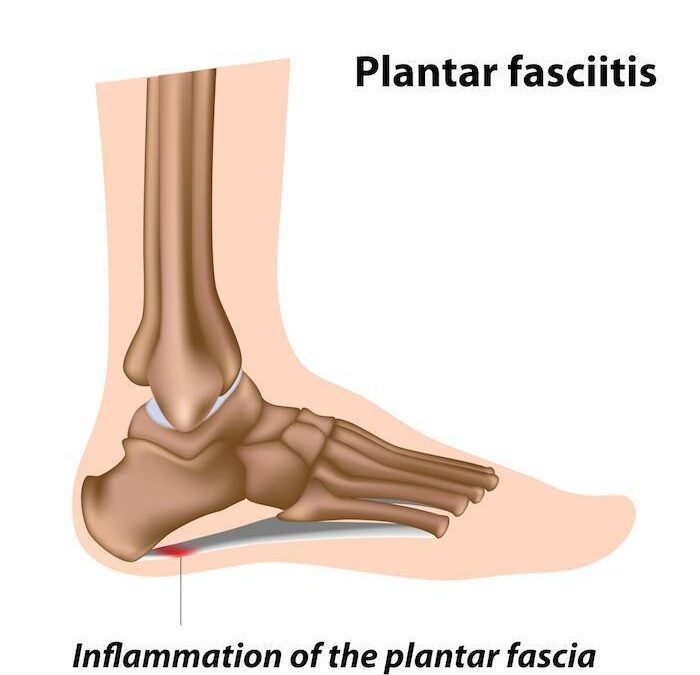Plantar fasciitis is a common foot condition characterized by stabbing heel pain, and about one in 10 people experience this condition at some point. While the pain can strike at any time, it’s most common after periods of rest, such as sleeping or sitting for several hours.
Plantar fasciitis can make those first morning steps intensely painful, and that pain may continue throughout the day. If plantar fasciitis pain interferes with your life, it’s time to stop it.
David B. Glover, DPM, FACFAS, and our team at Mountain View Foot & Ankle Institute in South Ogden, Utah, offer comprehensive plantar fasciitis care, from customized stretches to night splints. Night splints are medical devices you wear on your feet while you sleep, and they could be the solution to your plantar fasciitis pain.
Here’s what you need to know about how night splints work and whether they’re right for you.
Why rest makes plantar fasciitis hurt more
The plantar fascia is a thick band of tissue that runs along the sole of your foot, and it connects your heel to your toes. It supports your foot and absorbs shock when you stand, walk, and run.
Repetitive movement, overuse, and stress, can cause the plantar fascia to get irritated and inflamed. This condition is called plantar fasciitis.
Plantar fasciitis pain is often worse after periods of inactivity, because while you sleep or sit, you’re not actively using your feet. Rest makes the inflamed tissues shorten. Then, when you start walking again, this causes the tissues to stretch out again, which can lead to more intense pain.
How night splints relieve plantar fasciitis pain
If you’re diagnosed with plantar fasciitis, rest is an important part of your recovery plan. But that might seem counterintuitive, since rest can make the pain worse.
The key is balancing periods of rest with gentle stretches, and Dr. Glover often prescribes a series of customized stretches to release tension in your foot, heel, and ankle. Night splints help relieve plantar fasciitis pain by combining these two treatments.
A night splint looks similar to a boot or sock. You put it on your foot before you go to sleep, and the device lifts your toes and holds your foot in a gentle stretch all night long.
Wearing a night splint shouldn’t be painful, but you should feel a stretch along the sole of your foot. Some types of night splints are adjustable, and Dr. Glover works with you to find the best fit for your needs.
The stretch helps your plantar fascia maintain its length even when you’re not actively using your foot. Plus, it encourages blood flow to reduce inflammation and pain.
When you wake up in the morning, you remove the splint and go about your day. The splint keeps your plantar fascia from tightening while you rest, which means you should notice less pain when you take your first steps each morning.
Night splints and other plantar fasciitis treatments
Night splints are drug-free and noninvasive, making them one of the most effective conservative treatments for plantar fasciitis. Depending on your condition, Dr. Glover may prescribe night splints along with other treatments to help your plantar fascia heal. These treatments might include any of the following:
- Daily stretches
- Custom orthotics
- Nonsteroidal anti-inflammatory drugs (NSAIDs)
- Corticosteroid injections
Together, these treatments may be able to get you back on your feet with less pain. To learn more, call 801-614-2996 or book an appointment online with Mountain View Foot & Ankle Institute today.

